B-RINGImagen Uretral Masculina
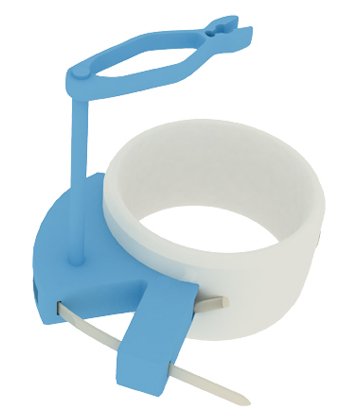
Catheter clamp
with an aperture to fit a 6-Fr catheter.
Padded ring
tractioning the band constricts the ring and applies externa compression.
V-section
to section the band and release the ring compression
B-RINGMale Cystourethral Imaging

Catheter clamp
with an aperture to fit a 6-Fr catheter.
Padded ring
tractioning the band constricts the ring
and applies external compression.
V-section
to section the band and release the ring compression

High efficiency
The B-Ring is ideal for difficult cases of alterations in the region of the urinary meatus: stenosis, malformation (e.g. hypospadias) or previous surgery (e.g. meatotomy).
A thin 6Fr catheter is used, after lubricating the urethral meatus, since in this way the patient does not feel discomfort, even in cases with severe meatus stenosis.

Patient comfort
Patients report little or no pain during minimal insertion of the pre-lubricated fine catheter and external compression. Administration of contrast material via drip infusion instead of manual injection with a syringe avoids the presence of an explorer during the procedure and enables retrograde blad- der repletion in approx. 5-10 min. (without the need for bladder catheterisation).

New Imaging Methods
Ultrasound, CT and MR-Urethrography are not commonly used because they cannot be performed using syringes and are difficult using the Foley catheter. The B-ring and the catheter connected to the infusion system allow new imaging methods to be performed easily and with the patient comfortable and painless.

High efficiency
Urethrography is the principal imaging technique for the male urethra. It is divided into retrograde urethrography (RUG) and voiding cystourethrography (VCUG). RUG is indica- ted for assessing strictures and other anomalies of the anterior urethra. VCUG is indicated for evaluating anomalies of the posterior urethra and bladder.
RUG was first done using clamp devices coupled to a syringe and cannula, but the drawbacks are that the examiner is required for manual injection of iodinated contrast (thus exposed to radiation) and bladder catheterisation is usually performed to fill the bladder for VCUG. The most widespread technique for RUG uses a Foley catheter, but the drawbacks are that neither local anesthesia nor the use of lubrication is recommended, such that the patient notes discomfort on introduction of the catheter and distension of the balloon (occasionally urethrorrhagia) and it is not useful in cases with urethromeatal anomalies.
The B-Ring uses external compression to prevent the extravasation of contrast ma- terial during RUG. It is used together with a fine urethral catheter (pre-lubricated) and drip infusion for the administration of iodinated contrast, with the advantages that it avoids the need for the explorer to manipulate syringes, retrograde bladder repletion for VCUG is achie- ved in approx. 5 min. (without the need for bladder catheterisation), the patient is comfortable and pain-free, and it allows to perform cases with urethromeatal anomalies.
Severe stenosis in the penile urethra
High efficiency
In this case, the severe meatal stenosis does NOT allow balloon inflation and the use of the Foley catheter for RUG. The B-Ring allows the RUG to be performed in an easy way by introducing a FINE 6-Fr CATHETER through the meatal stenosis.
Patient comfort
With the previous use of 2ml of anesthetic lubricating gel in the meatus and the use of a pre-lubricated semirigid catheter, as well as the external compression performed by the B-Ring, the patient reported NO PAIN (VAS*: 0) in the procedure.
Introducing the contrast manually by syringe and bladder filling would have been difficult in this case. Using the B-Ring and the catheter coupled to the infusion system, the retrograde filling of the bladder for VCUG was performed in 7 minutes, with the patient relaxed and WITHOUT THE NEED FOR BLADDER CATHETERISATION.
*VAS: Visual Analogic Scale from 0 (No pain) to 10 (Worst pain ever)
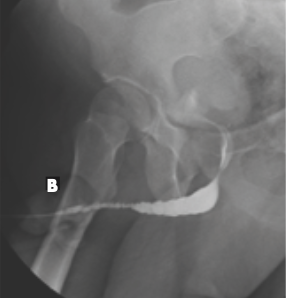
RUG shows severe beaded stenosis in the penile urethra. B: B-Ring
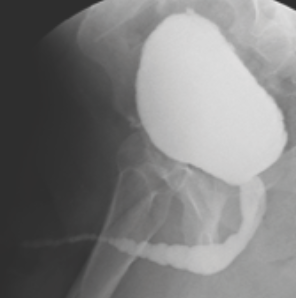
VCUG shows stress bladder and prestenotic distention of the posterior and bulbar urethra
Hypospadias
High efficiency
In this case, the hypospadias does NOT allow balloon inflation and the use of the Foley catheter for RUG. The B-Ring allows the RUG to be performed in an easy way by intro- ducing a FINE 6-Fr CATHETER through the hypospadias.
Patient comfort
Introducing the contrast manually by syringe and bladder filling would have been difficult in this case. Using the B-Ring and the catheter coupled to the infusion system, the retrograde filling of the bladder for VCUG was performed in 4 minutes, with the patient relaxed and WITHOUT THE NEED FOR BLADDER CATHETERISATION.
*VAS: Visual Analogic Scale from 0 (No pain) to 10 (Worst pain ever)
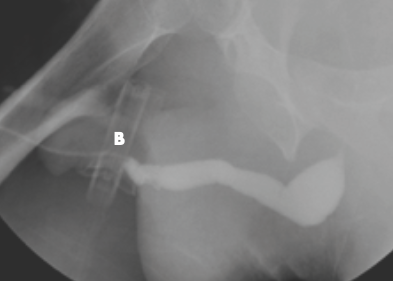
RUG shows penile and bulbar urethra without strictures. B: B-Ring

VCUG shows stress bladder
and stricture in hypospadias (arrow)

Patient comfort
Patients report little or no pain during minimal insertion of the pre-lubricated fine catheter and external compression.
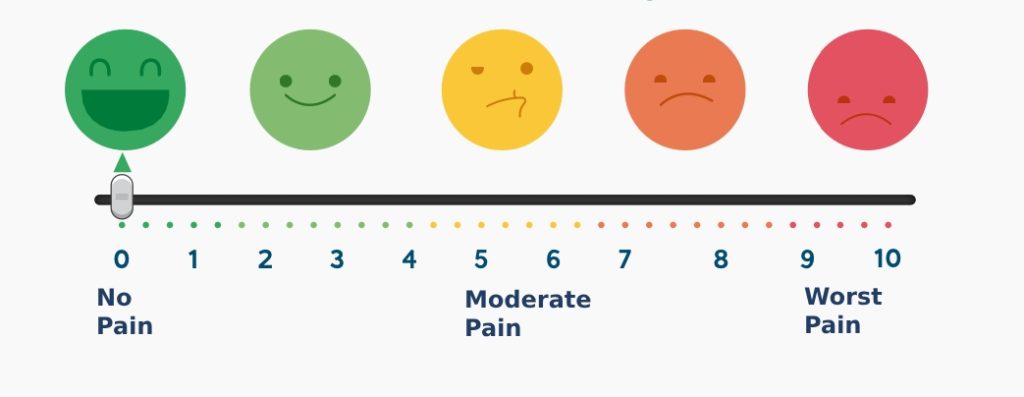

Without bladder catheterisation

Infusion system instead of syringes
Administration of contrast material via drip infusion instead of manual injection with a syringe avoids the presence of an explorer during the procedure and enables retrograde bladder repletion in approx. 5-10 min. (without the need for bladder catheterisation).

New Imaging Methods
Both cystourethrography and urethrocystoscopy only visualize the urethral lumen, so that to visualise the periurethral tissues it is necessary to resort to new imaging techni- ques: sonourethrography (SUG), computed tomography urethrography (CT-U) and magnetic resonance urethrography (MR-U).
Detection of an anterior urethral stricture on RUG is an indication for retrograde SUG, as it measures it more accurately and visualises the surrounding spongiofibrosis, which is fundamental for planning treatment. The presence of periurethral fistulous tracts is well visualized by CT-U. Retrograde MR-U is very useful to evaluate urethral and periurethral abnormalities, as well as the prostate and bladder.
The B-Ring allows new imaging methods to be performed in a simple, comfortable and effective way. Drip infusion is used for retrograde administration of physiological serum in retrograde SUG and MR-U, and contrast material in voiding SUG (ultrasound contrast) and retrograde CT-U (iodinated contrast).

Sonourethrography (SUG) is not commonly used, as it cannot be performed using syringes and is difficult using the Foley catheter. The B-ring and the catheter connected to the infu- sion system allow SUG to be performed easily and with the patient comfortable and painless.
Bulbar focal stenosis
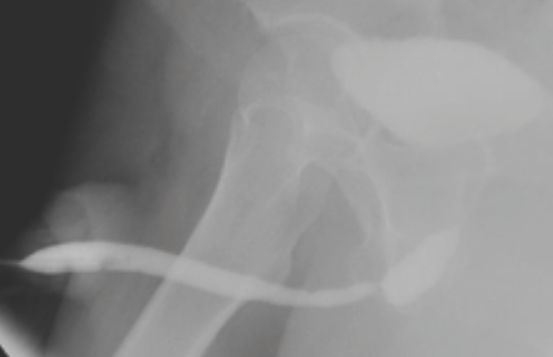
RUG shows bulbar focal stenosis
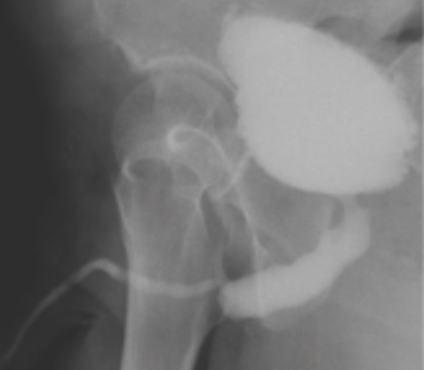
VCUG shows stress bladder and prestenotic distention of the posterior and proximal bulbar urethra
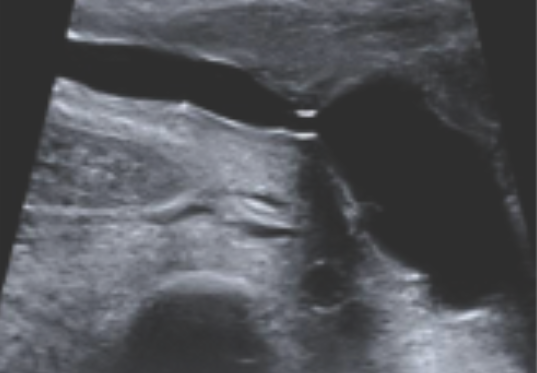
Retrograde SUG (with physiological serum) allows to accurately visualise
the bulbar focal stenosis

Voiding SUG (with ultrasound contrast) shows prestenotic distention
of the posterior and proximal bulbar urethra
Retrograde CT-U is not commonly used, as it cannot be performed using syringes and is difficult using the Foley catheter. The B-ring and the catheter connected to the infu- sion system allow retrograde CT-U to be performed easily and with the patient comfortable and painless.
Urethrorectal fistula
Retrograde CT-U shows sigmorectal contrast filling and allows to accurately visualise the fistulous path



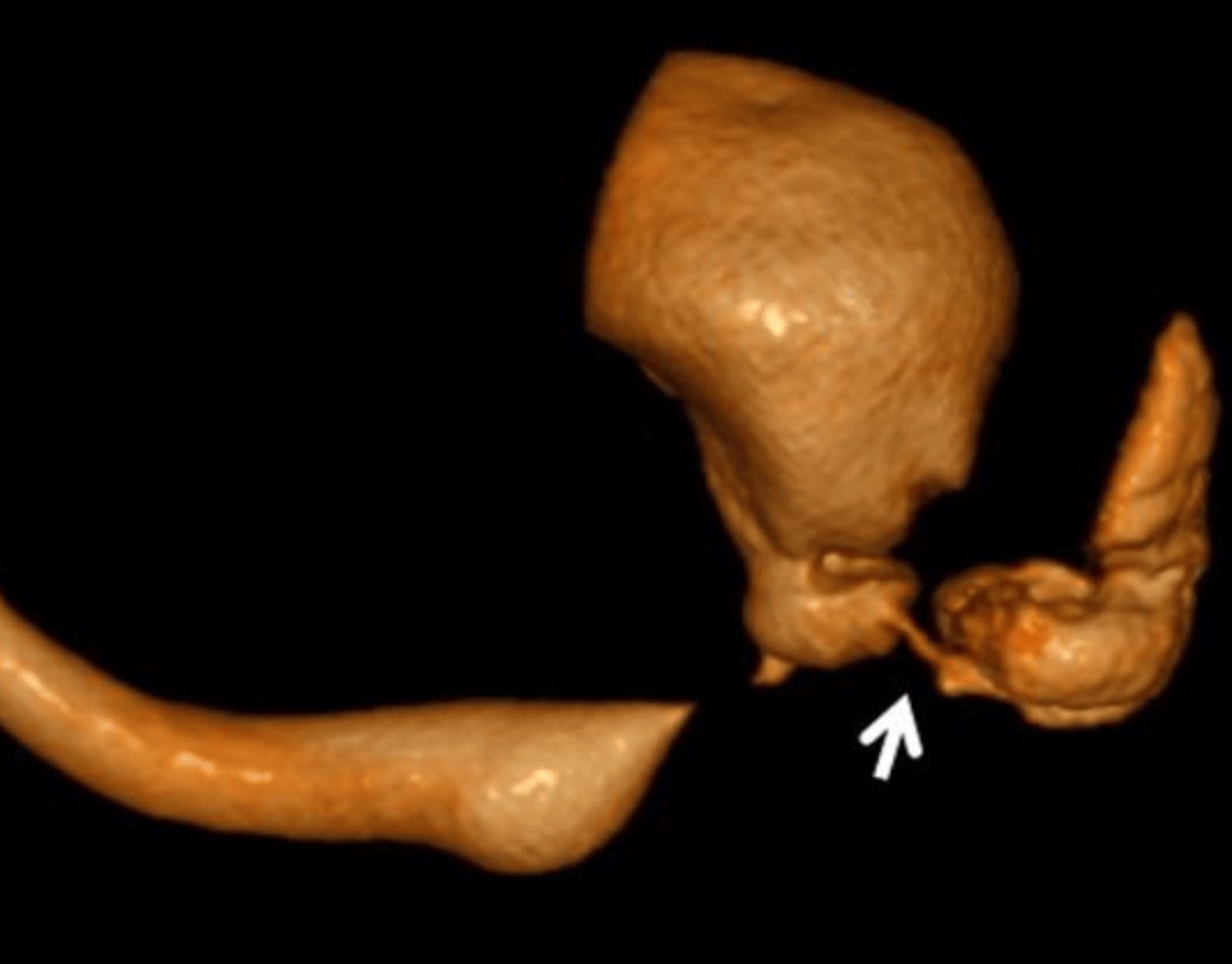
Magnetic resonance urethrography (MR-U) is not commonly used, as it cannot be performed using syringes and is difficult using the Foley catheter. The B-ring and the catheter connected to the infusion system allow MR-U to be performed easily and with the patient comfortable and painless.
Stenosis in urethral penobulbar junction

VCUG shows bulbar stenosis due to extrinsic compression

CUMS muestra estenosis bulbar por compresión extrínseca.

Retrograde MR-U shows intraspongious syringocele in the ventral region of bulbar urethra
The B-Ring is used together with a prelubricated urethral catheter connected to an infusion system.
The procedure can be divided into three steps:
Connection
The catheter is connected to the infusion system and fastened in the catheter clamp on the device with care taken to separate the end some 2cm from the padded ring.

Compression
The catheter is inserted by lowering the device until the padded ring is level with the balanoprepucial groove and the band is tractioned. The retrograde study is then conducted.

Removal
The band is cut with scissors at the V-section, which releases the ring compression and enables the device and catheter to be removed easily. The voiding study is then conducted.
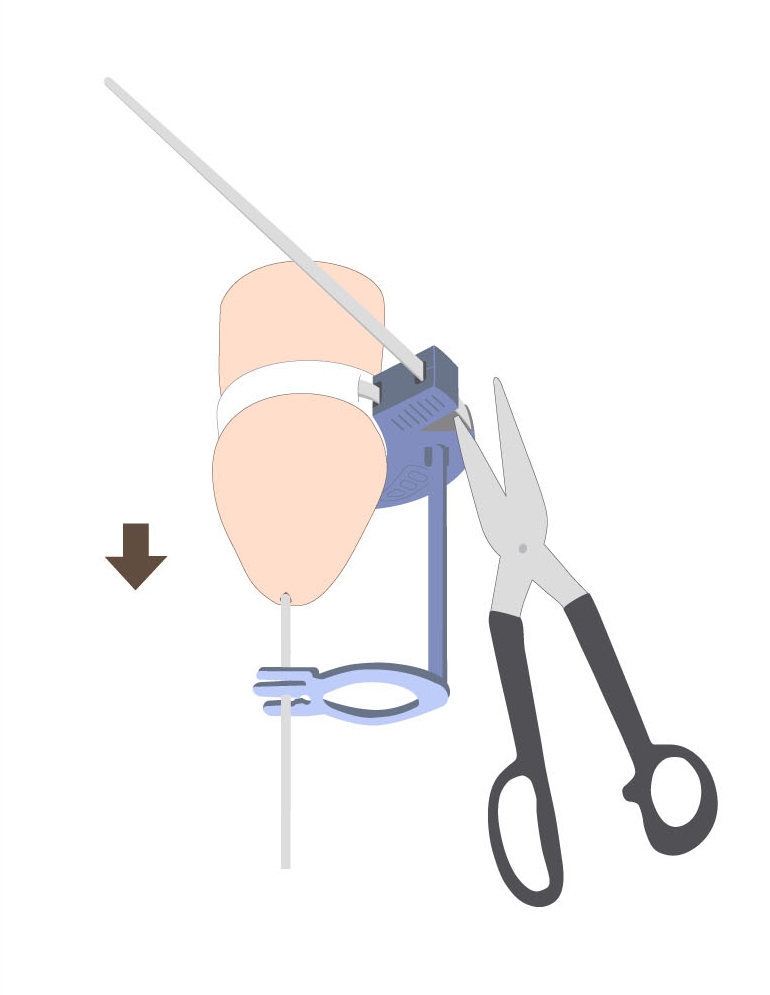
1:Berná-Mestre JD, Guzmán-Aroca F, Puerta-Sales A, Navarro-Baño A, Castillo GC-L. Berná-Serna JdD, Alcaraz M: a new technique for computed-tomography urethrography in males: the Clamp Method. Appl Sci 2021, 11(3); 1006.
2: Berná-Mestre JD, Balmaceda T, Martínez D, Escudero JF, Martínez G, García JA, Canteras M, Berná-Serna JD. Optimisation of sonourethrography: the clamp method. Eur Radiol. 2018; 28(5):1961-1968.
3: Berná-Mestre JD, Berná-Serna JD, Aparicio M, Canteras M. Urethrography in Men: Conven- tional Technique versus Clamp Method. Radiology 2009; 252(1): 240–6.
4: Berná-Mestre JD, Berná-Serna JD. Anterior urethral trauma: role of sonourethrography. Emerg Radiol. 2009; 16(5): 391-4.
5: Berná-Serna JD, Berná-Mestre JD, Aparicio M. Urethrography in the male: The clamp method. Acta Radiol. 2009; 50(2): 233-7.
6: Berná-Mestre JD, Berná-Serna JD. A perfected device for performing retrograde urethrogra- phy. Med Devices: Evidence and Res. 2008; 1: 19–21.
7: Berná-Serna JD, Berná-Mestre JD. A new device for retrograde urethrography in the male. Eur Radiol. 2003; 13(6): 1420-2.
